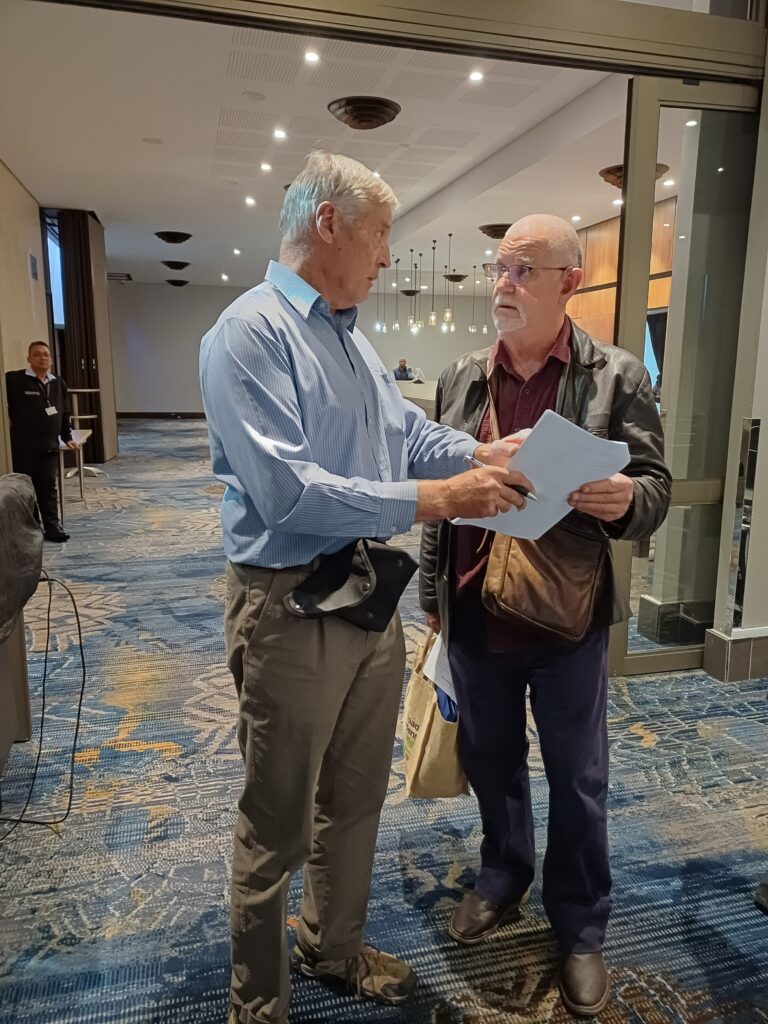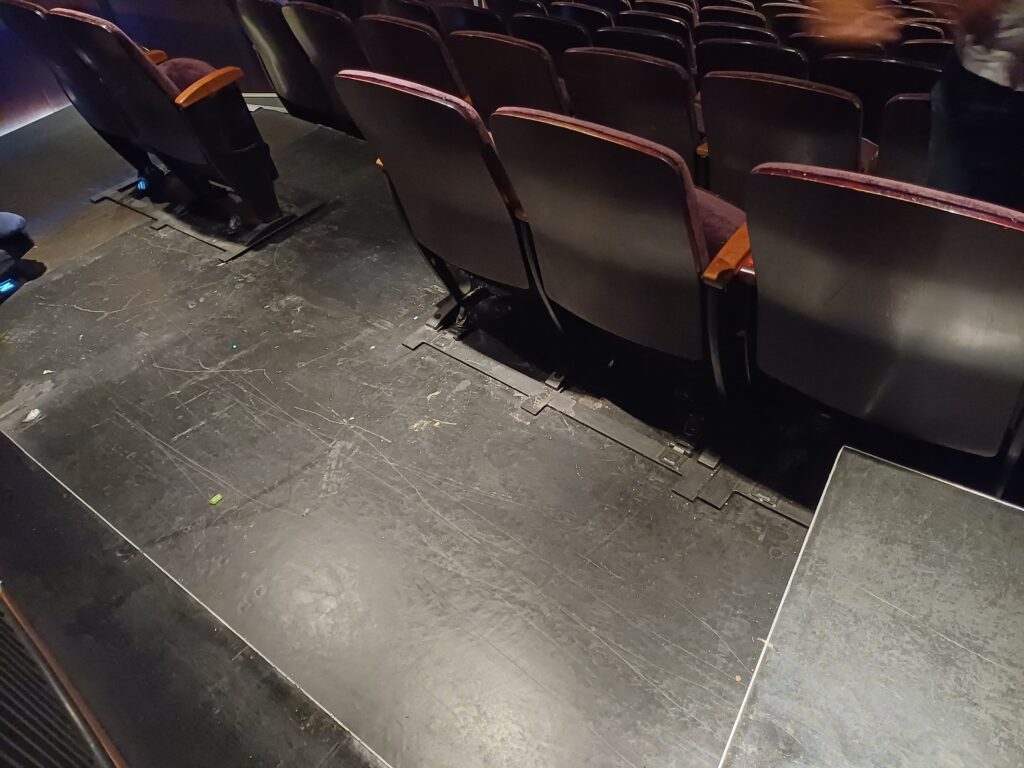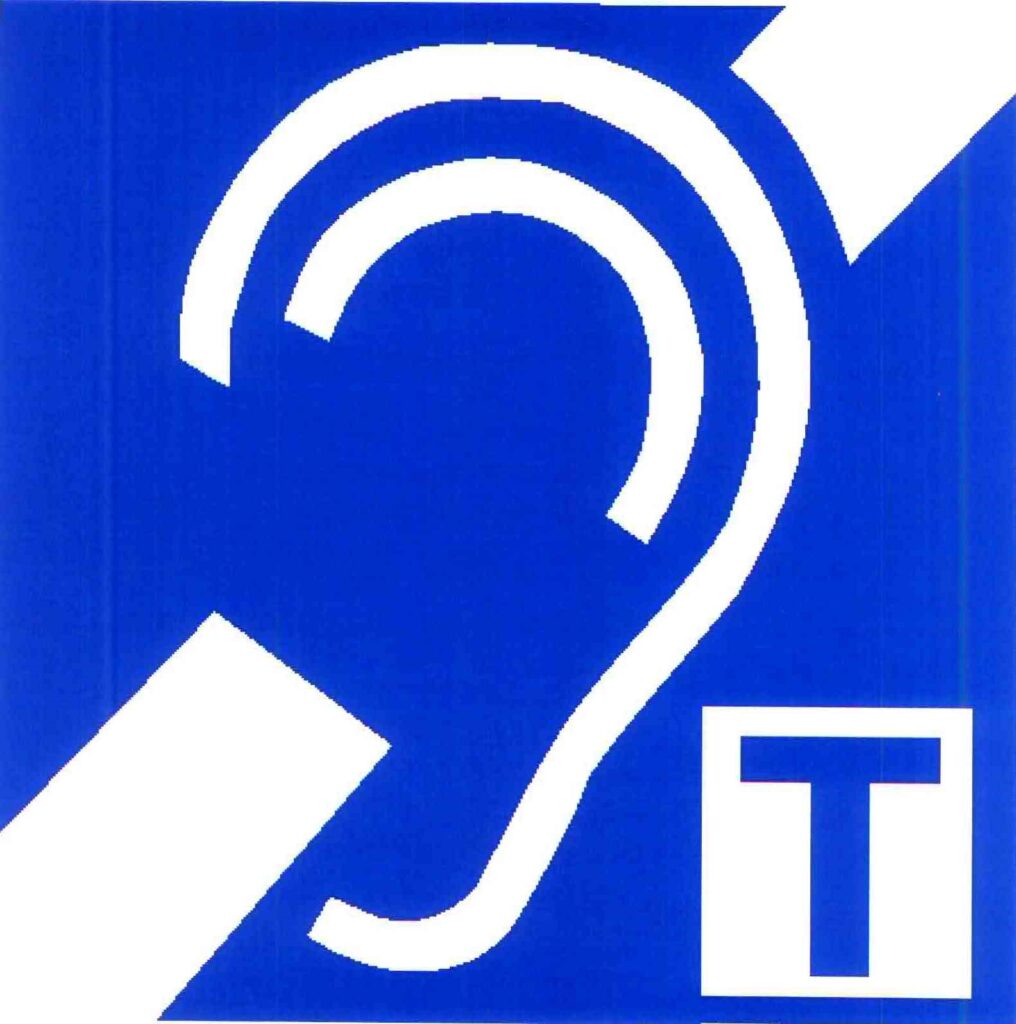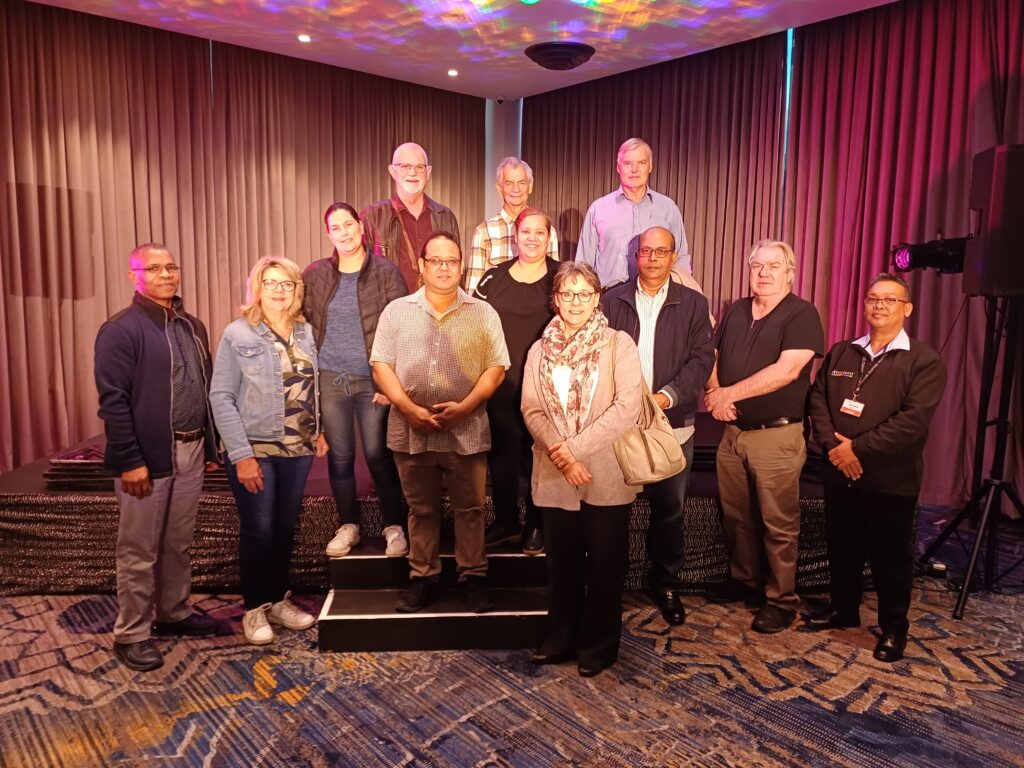On Monday 27 May a small team from the Western Cape Network on Disability had the opportunity to visit the Artscape Theatre Complex to assess the following:
- test the Induction Loop System installed during phase 3 of the Universal Access upgrades
- improvements implemented during phase 1 and 2 of Universal Access upgrades at the Artscape Theatre Complex
In order to test the Induction Loop System, the Western Cape Network on Disability enlisted the services of Fanie Du Toit, an expert in this field. Fanie requested that the supplier of the equipment be present along with a Sound Engineer from Artscape. Fanie assembled a team to assist him to do the assessment in a scientific manner. In addition to the team assembled by Fanie, the Artscape CEO, Marlene Le Roux issued an invitation to the Provincial Director of DeafSA, Jabaar Mohammed to be present to assist on the day. Jabaar was joined by a colleague who was able to participate in the testing of the system.
Fanie has submitted a report, including recommendations, which has been circulated to the various role players and is attached to this report as well.

The improvements made to access at the Artscape during phase 1 and 2 of the process were briefly assessed by Erica Du Toit and Anthony Ghillino who are members of the Western Cape Network on Disability Exec team and the Network’s Access Task Team. They were shown the improvements by Marius from the Artscape. The areas of improvements that were visited and some comments follow:
- appropriate, suitable handrails are now in place on the staircases which were visited
- contrasts had been added to steps, accommodating the requirements of people with low vision/visual impairments
- the accessible bathroom behind the box office has been fitted with an automated door
- some wheelchairs, including some motorised wheelchairs, will not be able to access the bathroom due to the narrow passage which doesn’t allow for sufficient turning space
- the stone feature adjacent to the wall leading to the passage that leads to the bathroom further restricts the wheelchair user from accessing the bathroom from an angle, which would have made it easier to enter and exit the bathroom
- the door closes quite quickly after being opened, and is likely to close too quickly to properly accommodate for some slower moving people with mobility impairments
- A section of the box office counter had been lowered making access from a seated position easier
- the accessible parking bays that have been created in the tunnel are a huge improvement on what previously existed
- accessibility for people with mobility impairments through the entrance from the tunnel has been improved, making access for people with mobility impairment significantly easier than it was previously
- the accessible seating in the Opera House was demonstrated and viewed, with the solution in place and definite upgrade and improvement which will ensure that a wheelchair user watching a performance will be appropriately accommodated, sitting comfortably while next to their companion.
While the seating shown was acceptable, concerns were raised regarding the process of reserving the designated spaces in advance. In March, Anthony had booked what had been indicated as an accessible seat and a seat for his companion using the website. Unfortunately, when the tickets were utilised, the seating provided was not what was shown to the team during our walkabout. The suggestion was that while the physical access is suitable, there may be a need for the ticketing/reservation process to be fine tuned

All in all, the improvements made during the 1st 2 phases of the access project appear to have been implemented appropriately. In addition to the recommendations made by Fanie in his report, the Network’s small team did have the following recommendations:
- that consideration be given to the evacuation process for persons with varying impairments
- that a system be put in place to ensure that the seats suitable for wheelchair users and companions are reserved for people with these mobility requirements for as long as possible and that the reservation system in place is clear as to where a wheelchair user and companion must reserve their seats.
- that access to the bathroom behind the box office be revisited so that it can provide suitable access to more people with mobility impairments
- there are various gaps regarding signage which need to be addressed, particularly indication of the presence of the Induction Loop System and how to use it. Every entrance to every venue must display the access to teleloop sign (attached), in those colours. A simple sentence like “Switch your hearing aid or cochlear implant to the T function” is sufficient.
- Information on accessibility for individuals with hearing impairment should be included on the website, along with details on which seats do not have adequate signal.

Last, but certainly not least, the staff who Anthony encountered were, without exception, helpful, friendly and provided assistance in an appropriate manner. This made navigating around the facility using a wheelchair that much easier and staff members should be commended for their wonderfully accommodating attitude and approach.
The Network is pleased and proud of the improvements to access at the Artscape which have been implemented which will go a long way towards ensuring that persons with impairments are able to enjoy performances and productions at the theatre alongside their family, friends and community in comfort. We thank everyone who has played a role in the improvements and upgrades which have taken place, and look forward to continuing to work together in the future.
